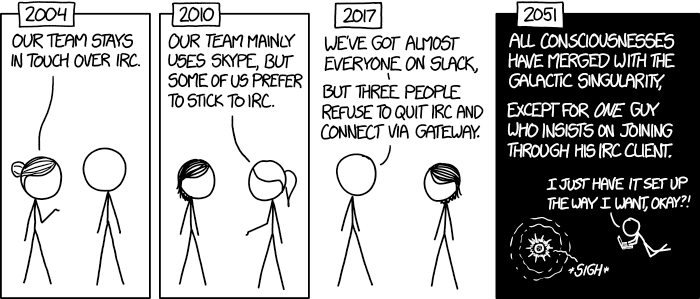Silent-Hunter
Hardcore Member
- Joined
- May 29, 2010
- Messages
- 3,485
Yes, the Pyra looks lovely!
Well, you can increase the frequency to make the flicker less visible, or put an LC filter on it. Adding a filter increases the component count, as you have to fit a capacitor and inductor on the PCB.
That'd be great.The Display board is a pretty simple two-layer board, adding two components is no big deal.
Can easily be hacked onto existing boards within minutes. I'll check
Great to hear this,Well, increasing the frequency isn't easy, as we looked into various PWMs and there wasn't a better one... but the LC filter is a possibility. The Display board is a pretty simple two-layer board, adding two components is no big deal.
Can easily be hacked onto existing boards within minutes. I'll check
(Low-frequency) PWM was my main hang-up about the Pyra, great to hear this!Well, increasing the frequency isn't easy, as we looked into various PWMs and there wasn't a better one... but the LC filter is a possibility. The Display board is a pretty simple two-layer board, adding two components is no big deal.
Can easily be hacked onto existing boards within minutes. I'll check

I'd imagine an LC filter capable of filtering at 100-ish Hz and 10's of mA to be quite large, but it's been a while since I last used LC filters, so I might be wrong...
Although, atm, we really don't need more delays ಠ_ಠ
Based on some laptop reviews on notebookcheck.net, very high frequency could also helpful and many devices using this solution.You're not wrong. Essentially, the coil and capacitor must store enough energy to keep the LED lit during the off cycle. How large these need to be depends on how much power the LED uses, but I'd guess something around 1mH and 100 uF. That could take a few square centimeters of board space.
Changing the power supply to the LED to one that provides better control over voltage and current would be the ideal solution, but it's probably not feasible to redesign that at this point.
Based on some laptop reviews on notebookcheck.net, very high frequency could also helpful and many devices using this solution.
favourite PWM frequency for each brightness
Could this be automatically chosen to minimise audible harmonics?
500Hz may be high enough to be invisible, but it's firmly in the audible range, and inductors have a habit of susurating.
You can hear your TV when it runs with 200 or more Hz? :O
You can hear your TV when it runs with 200 or more Hz? :O

